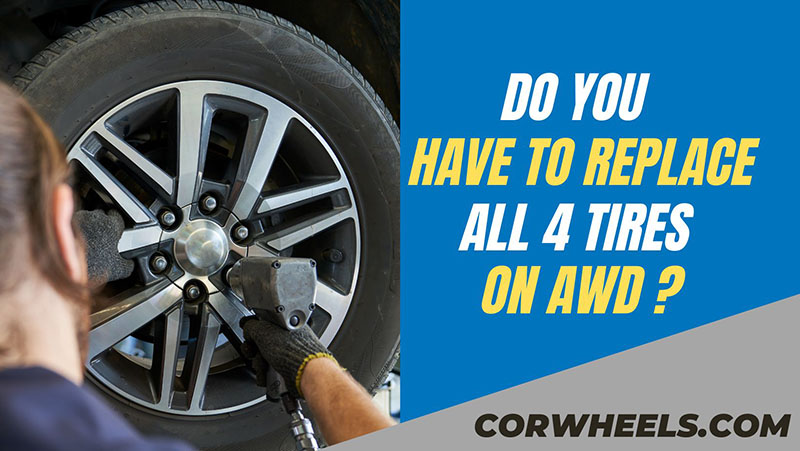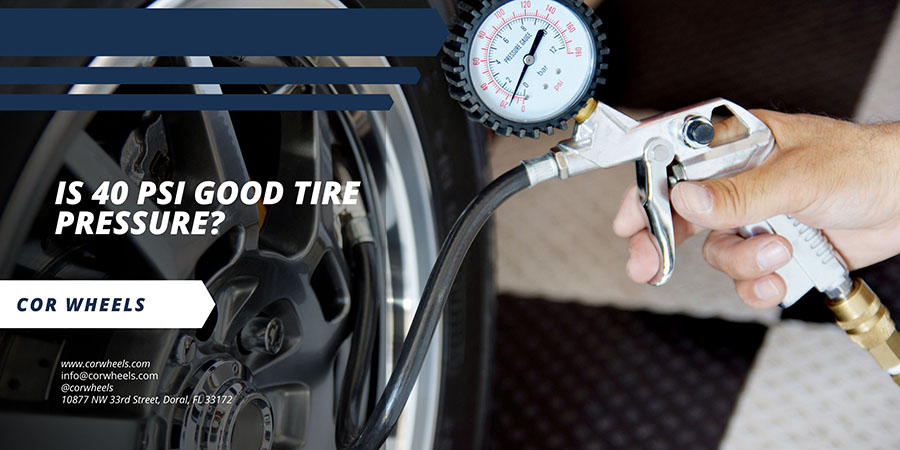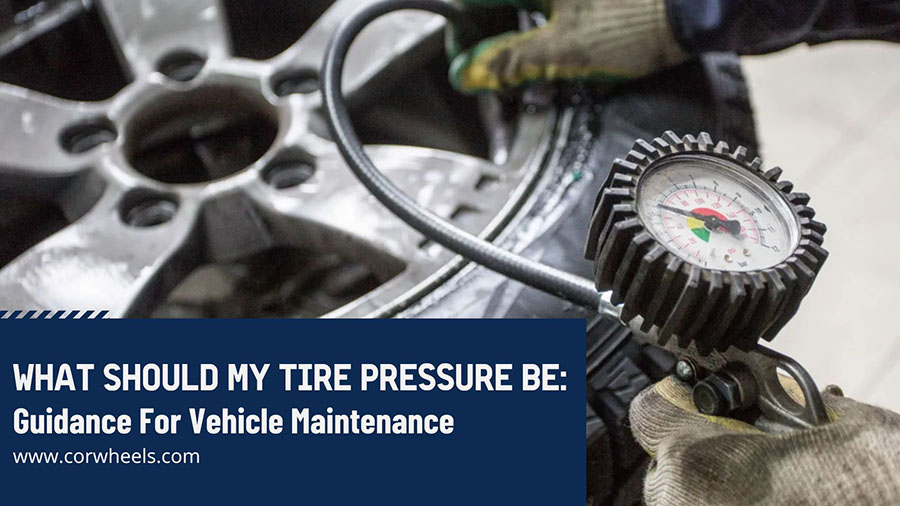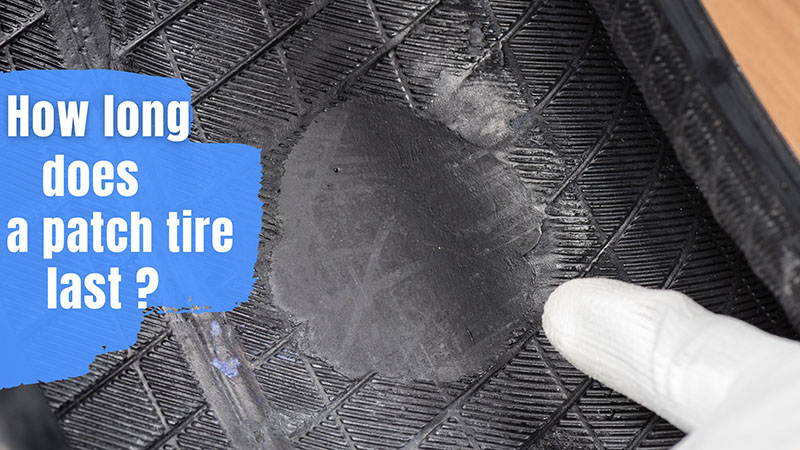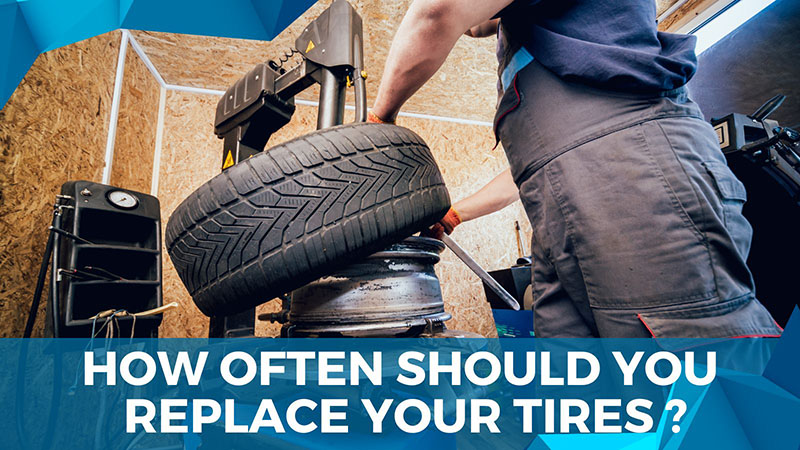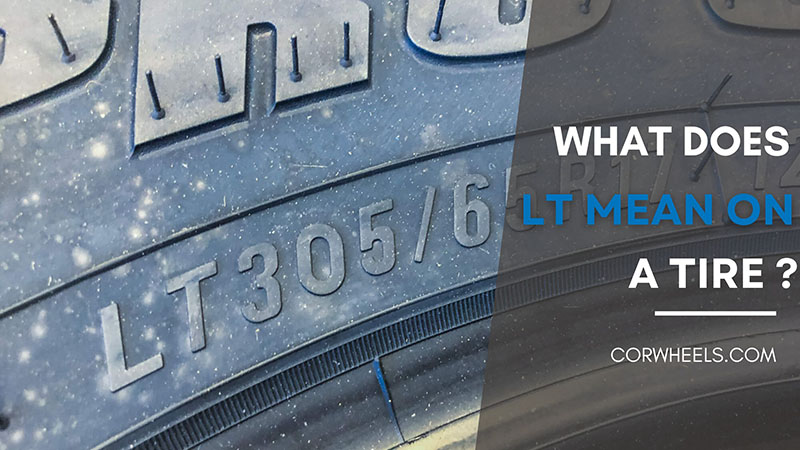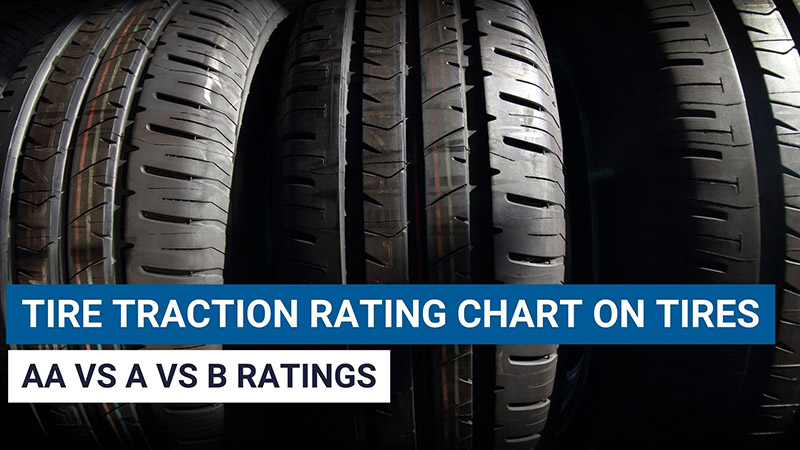Tire changes often happen as this part is prone to wear out and deteriorate fast. However, an ongoing safety issue in the all-wheel drive tire replacement rules is whether it is mandatory to replace all of them.
Though there is no absolute confirmation, most experienced mechanics offer the same advice. Scroll down to reveal the truth.
In this article:
Do You Have To Replace All 4 Tires On AWD?
Yes.
It is important to understand the root of your problem, which comes from the workings of the AWD powertrain.
Simply put, the four-wheel drive vehicle runs on the horsepower distribution through the additional differentials. This setting sends specific amounts of torque to each tire that cause differences in wheel speeds.
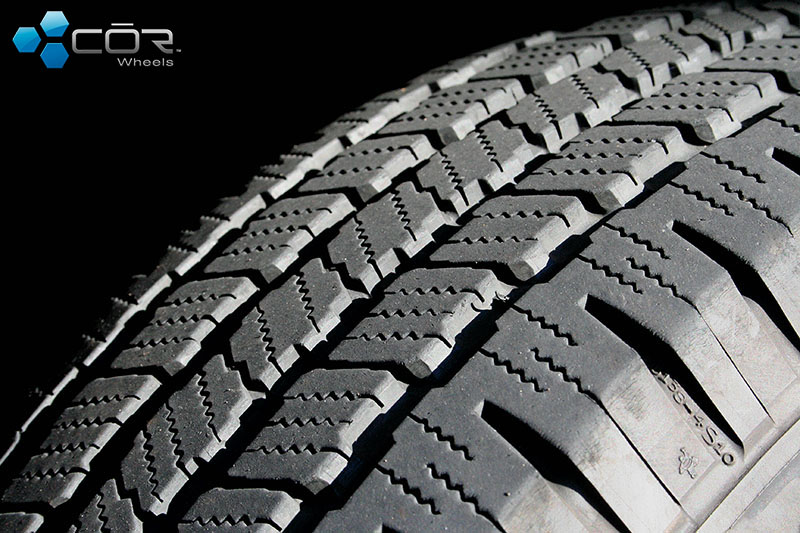
For this reason, the ideal condition for tire replacement is four tires that are the same in type, model, tread design, and level of strain.
Differentials allow for short-term heterogeneity, but they are forced to operate continuously with mismatched tires on AWD – all-wheel drive vehicles.
The overload then increases unnecessary wear and tire pressure, resulting in mechanical damage and the risk of an accident. According to the NHTSA, there are 664 tire-related crashes in the USA in 2020 alone.
For instance, new treads are measured between 10 and 12/32 treads. Suppose you install only a single tire for the worn one while the other three qualify for 6/12. You put your vehicle and your life at risk as the front and rear axles rotate in various ways and create great tension.
Some studies have shown that 2/32 inches make a difference in performance.
But Can I Replace Just One Or Two Tires On An AWD Car?
Yes, you can, but this means a risky bet. Whether you install one or two tires, a new setup has potential problems.
Besides the reason mentioned in the first part, a new tire has a larger circumference. This situation is similar to people with different leg lengths. The worn tires (identical to the low racers) struggled to keep up with the same distances as the new tires (the high runners).
In addition, the speed difference between the axes sends the wrong signal to the electronics. Hence, the sensors responsible for monitoring traction and wheel speed mistakenly understand that the vehicle is skidding. They then enforce an emergency lock in slippery conditions or get you into the wrong gear.
What To Do If I Do Not Want To Replace All Tires?
Four matching tires at once cost you an arm and a leg. Is there nothing else to do but empty your pocket when only one tire suffers from mechanical damage? The good news is that there are a few tricks to handle the tread depth difference.
Vehicle owners should visit technical experts in search of a last glimmer of hope. You may be blessed and receive an auto repair instead of a replacement. A plug, patch, or special tool comes in handy unexpectedly and saves you from breaking the bank.
If you are broke, you might have to spend some money on ONE new tire. That’s right, we have just said you only need “ONE.” How is that possible?
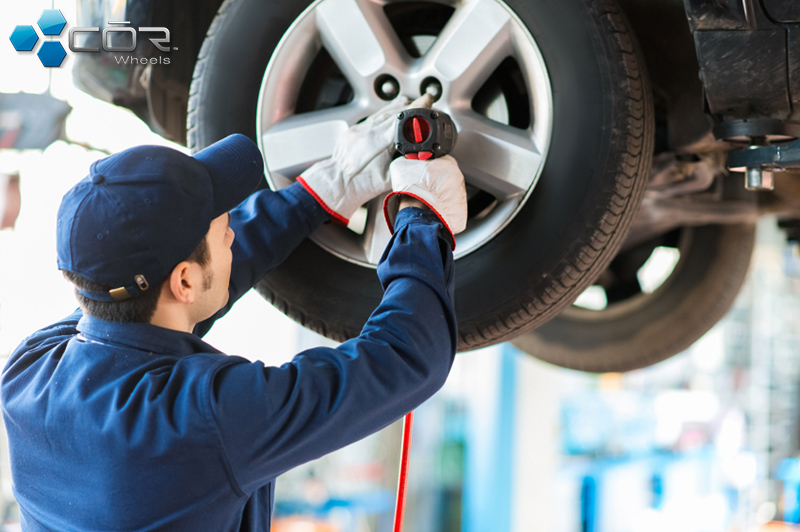
Some reputable tire dealers offer tread shaving by a special machine that deals with the difference in tire circumference to match your old wheels. Of course, this service costs money, but it is much more economical than investing in a whole new set.
Bonus: Follow Your Owners Manual For Best Advice
You will get the best advice from the manual. The actual conditions of your transmission and tires show the most accurate answer.
If you do not have much experience in car engineering, get an optimal answer from the manual. Car manufacturers often provide helpful recommendations for maintenance and repair.
As a last resort, take your car to a reputable tire shop. The technicians offer an expert mechanic service that includes tire tread depth calculations and expert advice on replacing and installing high-quality items.
FAQs
Where Do Two New Tires Go On All-Wheel-Drive?
If you cannot avoid replacing a pair of tires, install them on the rear axle and move the existing rear tires to the front. This contributes to traction control and slip resistance.
Can I Put Two Different Brand Tires?
Never. As noted above, mismatched tires are already a dangerous bet. Mixing a wide range of tire brands only makes synchronization worse, as you rarely find sibling tire options from different manufacturers.
Conclusion
We never recommend that you make this idea a reality. Even if some tricks provide a helpful solution for low-budget owners, they should not be your top consideration. Stick to the vehicle manufacturer’s recommendations to stay safe.
You might also like these articles:

